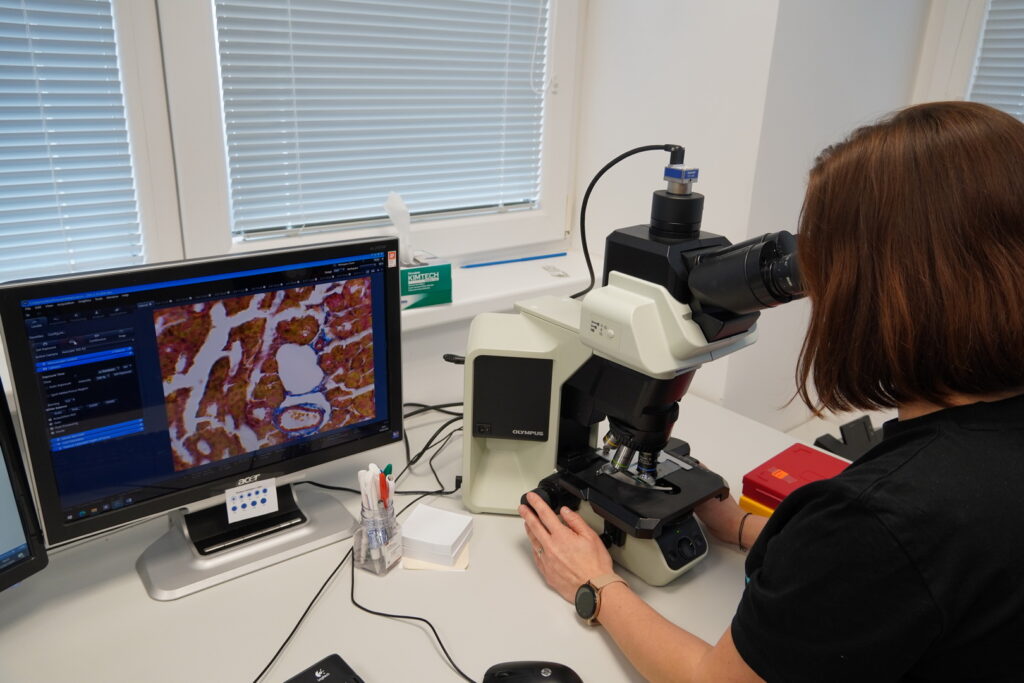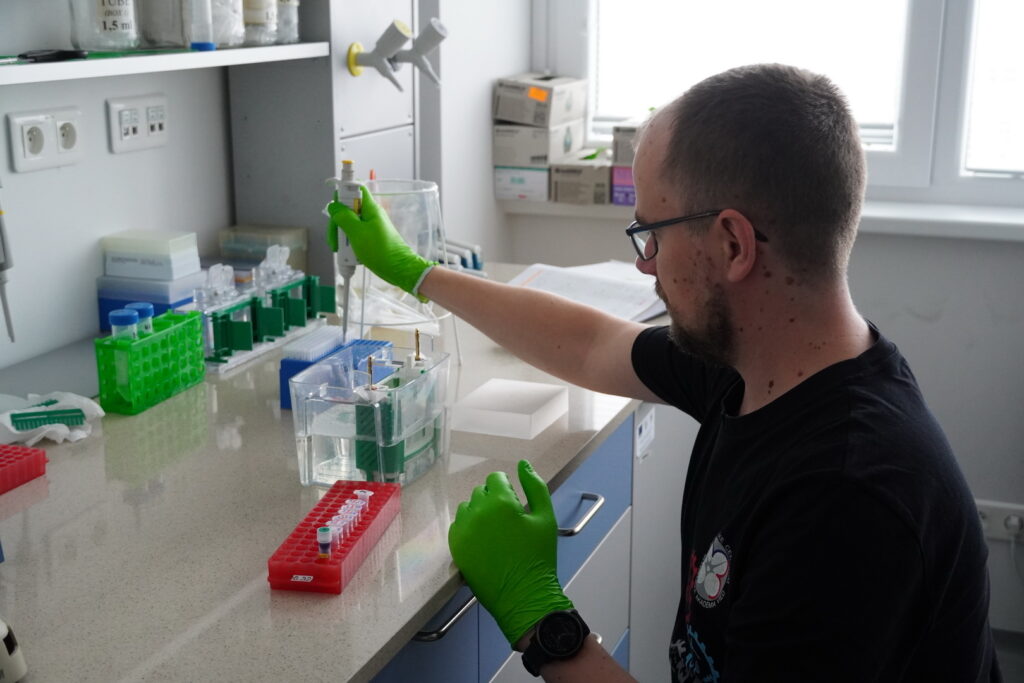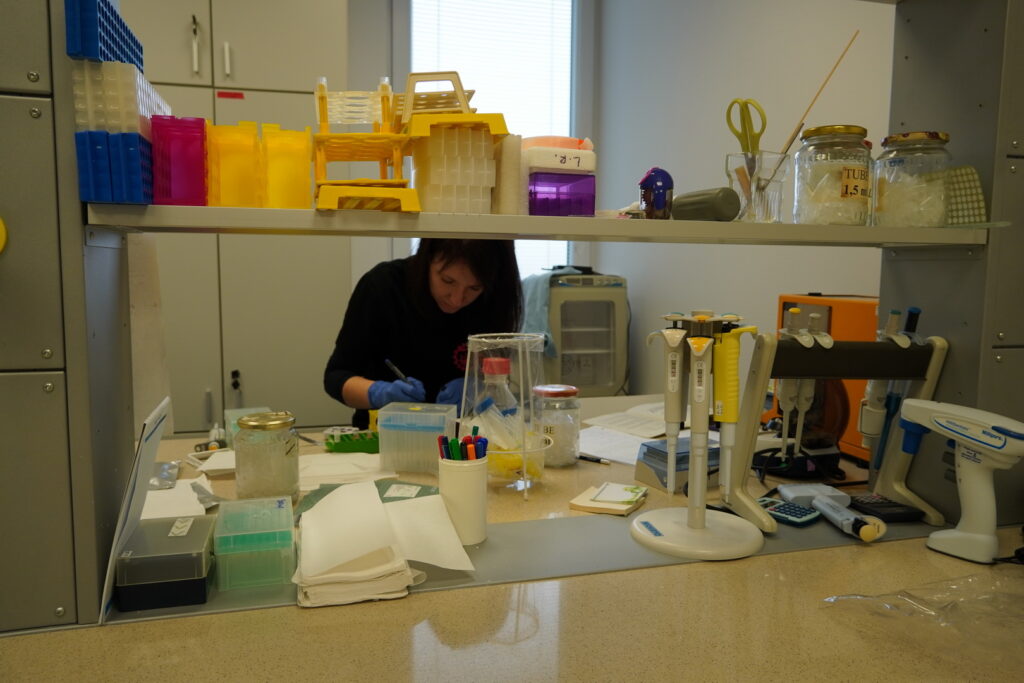Research Topic
Progress in biomedical nanotechnologies in recent years has led to increased interest in applications of nanomaterials in clinical practice. Nano-biotechnology holds a great promise of better diagnosis, treatments, and improved imaging to get more efficient targeted therapies for many diseases. Inorganic nanomaterials (INMs) have received increased attention in the recent years as potential diagnostic and therapeutic tools in modern medicine also due to their proven success in imaging (MRI, PET, NIR tomography, photoacoustic tomography etc.) as contrast agents. INMs can be designed to retain their unique physico-chemical properties (optic, magnetic etc.) that are not possible to reach with traditional nanomaterials like liposomes, dendrimers or polymers. This makes INMs promising useful tools for noninvasive diagnostic and prospective theranostics.
In a spotlight of our research is therefore to characterize behavior of INMs in biological environment as well as nano:bio interactions with cells, tissues and organs. Given the lack of information about the fate of NPs following their therapeutic or diagnostic application we aim to understand their impact on living organisms and investigate their potential harmful acute as well as long-term effects.
The main target organ for investigation of toxic effects of INMs is a kidney. Kidney is one of the main organs targeted by nanoparticles participating in their excretion out of the body. Considering expansion of nanoparticles into biomedicine the type of renal toxicity studies are required to avoid potential health risks.
Nevertheless, due to known antioxidative activity of herbs our research is also aimed at their potential protective effects that can be used as supportive therapy in a treatment of a cancer. Moreover, INMs combined with herbal extracts like acids represent attractive treatment strategy and are also in focus of our research interest.
Photo Gallery








Head of the Research Group




